The atomic absorption spectrometer has high sensitivity (up to 10-1 ~ 10g / L) and good repeatability and selectivity. It is easy to operate and fast. The result is correct and reliable. When testing, the amount of sample is small (between a few microliters and ten microliters), and the measurement range is wide (it can be used to analyze all metal elements and metalloid elements). It can be used in many aspects such as metallurgy, chemical industry, geology, agriculture, medicine and health; it is also widely used in environmental monitoring, food hygiene and the determination of trace metal elements in biological organisms, as well as medical and biochemical inspections.
The human body contains many metal elements that are critical for maintaining normal physiological processes, such as potassium, sodium, calcium, magnesium, iron, copper, zinc, manganese, molybdenum, and cobalt. The body's blood, sweat, urine, hair, and body tissues. Due to environmental and dietary pollution, harmful elements such as lead, mercury, cadmium and arsenic will be introduced into the body. The analysis results of these metal elements can reflect the physiological processes in the body and the situation of poisoning caused by environmental pollution. The atomic absorption spectrometer can be used for the analysis of trace elements in blood, urine, feces, and biological tissues. It can also be used for the analysis of internal organs, hair, bones, etc. after certain treatments.
1 Basic principles of atomic absorption spectrometry
In nature, all molecules of matter are composed of atoms, but originally consist of an atomic nucleus and extranuclear electrons. There are neutrons and protons in the nucleus, and the protons are positively charged. The extranuclear electricity is negatively charged; the number of days and configuration of its electrons determine the physical and chemical properties of the element. The electricity rotates around the core according to a certain orbit; according to the interval between the electron orbit and the core, there are different energy levels, which can be divided into different shells. The number of electrons promised by each shell is fixed. When the atom is in a normal state. Each electron tends to occupy a low energy level, and the state of the atom at this time is called the ground state (E0). Under the action of thermal energy, electrical energy or light energy, the electrons in the atom absorb a certain amount of energy. Electrons in the low energy state are excited to transition to a higher energy state. The state of the atom at this time is called the excited state (Eq). The process of atoms transitioning from the ground state to the excited state is an energy absorbing process. Atoms in the excited state are unstable, and generally return to the ground state (E0) or a lower excited state (Ep) within 10-10 ~ -10-8s. At this time, the atoms release excess energy and radiate the photon beam. The magnitude of the radiant energy is expressed by the following formula:
AE = Eq-Ep (or E0) = hf = hc / λ (1)
In the formula: h--Planck constant is 6.6234x10-27erg.s; f and λ--the frequency and wavelength of the spectrum emitted when the electron returns from the Eq level to the Ep (or E0) level; C--the speed of light .
Eq, Ep or E0. The size of the value is related to the atomic structure, different elements, its Eq, Ep and E0. Not the same, atoms of general elements can only be emitted by their EqEp or Eo. The specific wavelength or frequency of light determined, namely:
f = Eq. One Ep (or E0) / h (2)
The atoms of each substance have a specific atomic structure and outer electron arrangement, so after different atoms are excited, their electrons have different transitions. Can radiate light of different wavelengths, that is to say, each element has its own characteristic spectral line. Since the intensity of the spectral line is proportional to the content of the element, the content of the element can be determined by this,
For quantitative analysis.
When an element is excited, the extranuclear electricity is excited from the ground state E to the lowest excited state E1 closest to the ground state called resonance excitation. When it crosses back to E. Radiation
The light is its vibration line. The ground state atomic absorption resonance line radiation can also rise from the ground state to the lowest excited state, because the resonance lines of various elements are different and have certain characteristics. Therefore, the atomic absorption instrument can be observed at a certain characteristic wavelength of the same element .When the light of a certain wavelength emitted by the light source passes through the original vapor of the sample to be tested. The outer electrons in the atoms will selectively absorb the characteristic spectral lines emitted by the same elements, which weakens the incident light emitted by the light source. , The degree to which the characteristic spectral line is weakened by absorption can be represented by absorbance A, which is most proportional to the content of the element under test in the sample to be measured; that is, the greater the concentration of the ground state atoms, the more light is absorbed. The amount of light can be used to determine the halo of the metal and metalloid in the sample.
For most metal elements, the resonance line is the most sensitive of all the spectral lines of the element.
Zipper Slider
Zipper Slider had been invented at the same time once the Zipper was created, use for opening and closing the Zippers. The Zipper Slider consist of Zipper Head , Zipper Pull, some other types also have hook to as the link parts between Zipper Head and Zipper Puller. Based on the usage for Zippers, the Zipper Slider have three main kinds: Zipper Slider for Nylon Zipper, Zipper Slider for Metal Zipper and Zipper Zlider/ for Plastic Zipper. In addition, when use in the same Zipper type, auto locking Slider and Non Lock Slider can also be different on the shape. Because different Zipper type has different Zipper width and thickness. The Zipper Slider and Puller must match the Zipper, then it can be smooth and good for use.
Specifications of Zipper Slider:
1. Material: Zinc Alloy, Brass, Plastic
2. Size: 3# 4# 5#8# 10# 12# 15# 20# 30#
3. Color: Painted or plating color to follow customer's need and match the Zippr's color
4. Logo: Usually the logo can be put on the Zipper Puller
5. Usage: Zippers, garment and luggage accessory

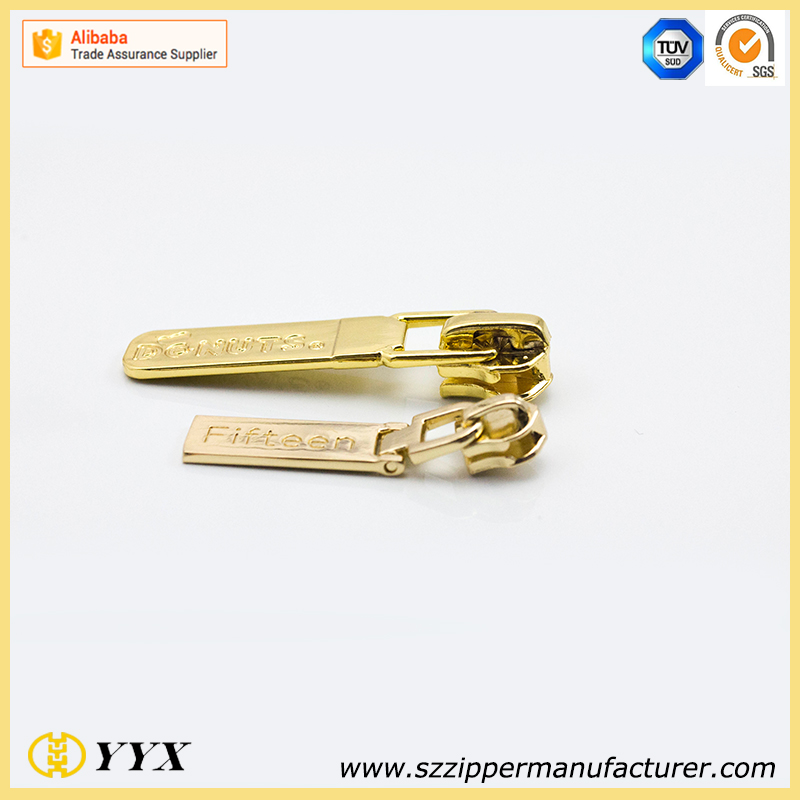
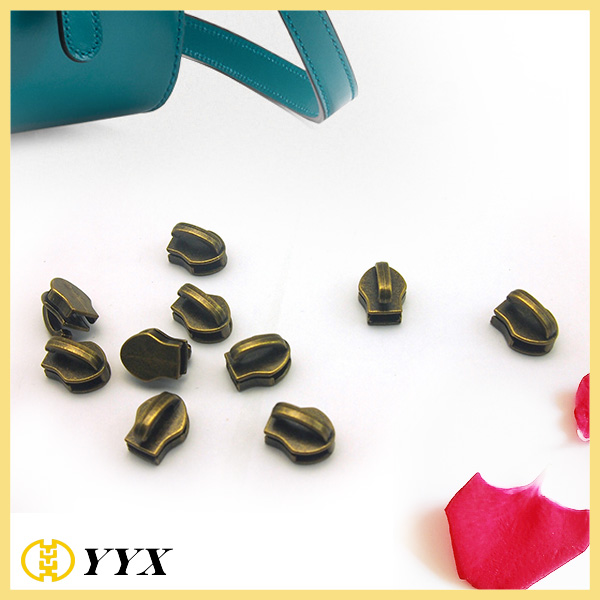
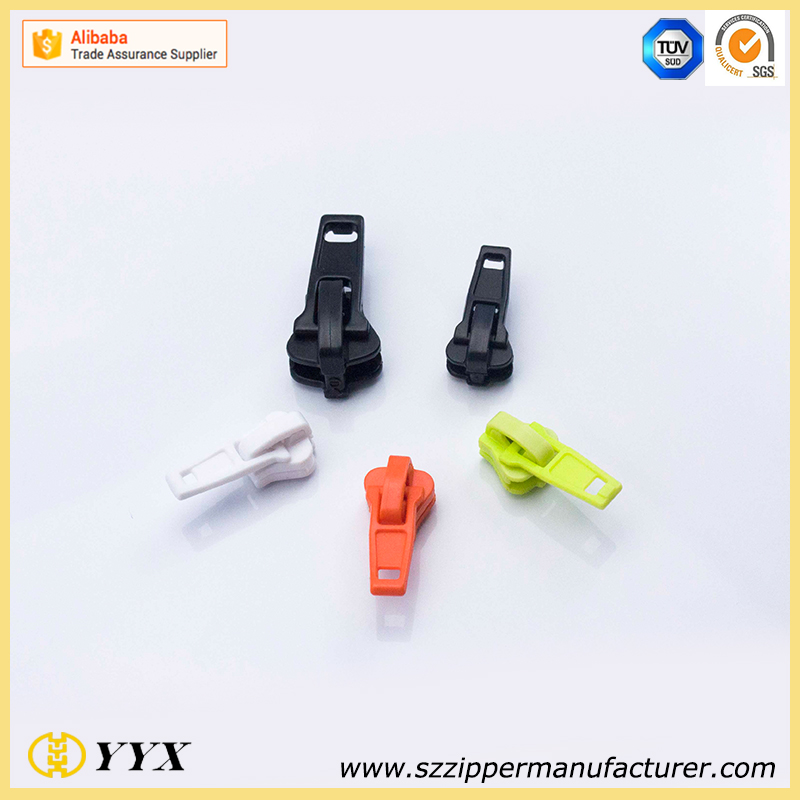
Classification of zipper slider:
The slider have many kinds: Auto Locking Slider, Non Locking Slider, Pin Locking Slider and two way bottom Slider, reverse Slider...etc
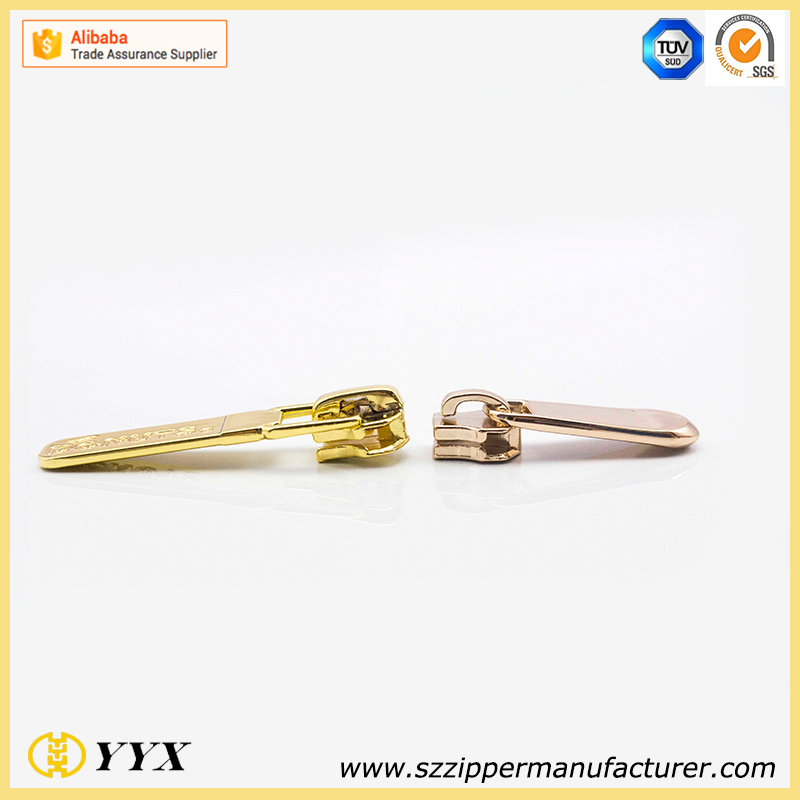
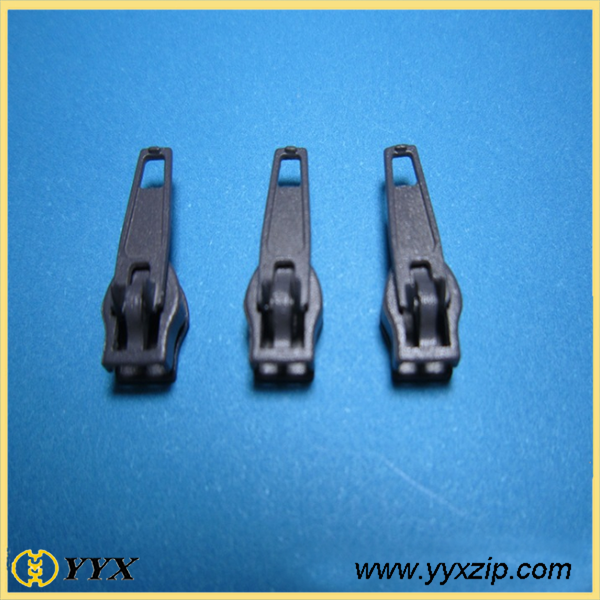
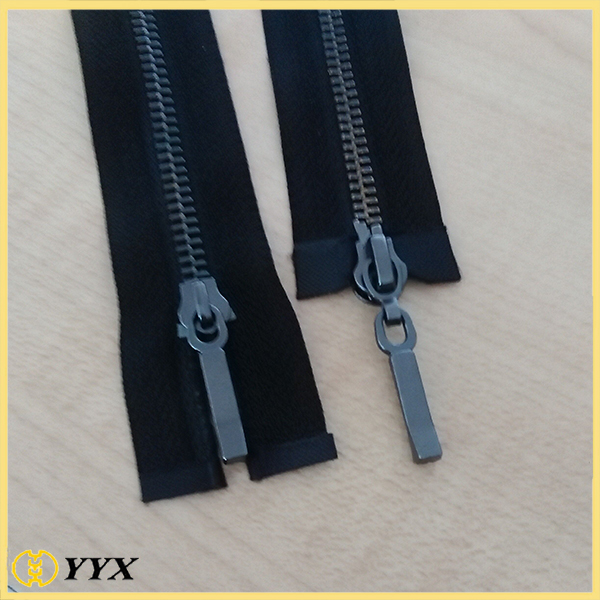
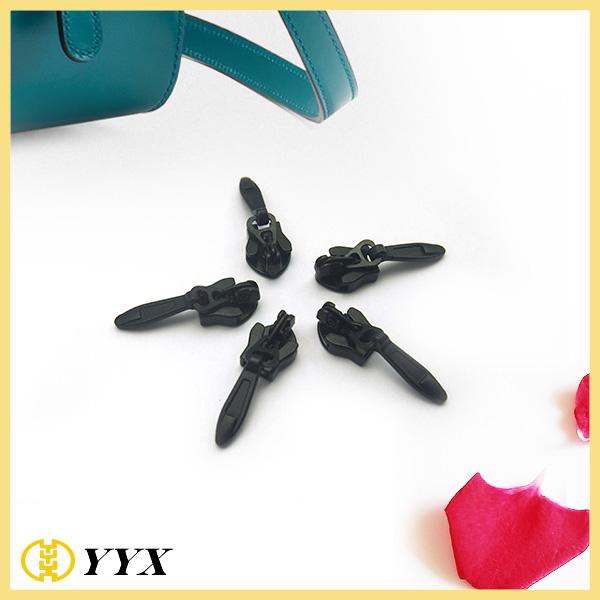
Zipper Pull as the important part of Slider, also can be treat as the decoration items. Almost customer would like printing or engraving their brand logo on the Puller. Unlike the Zipper Head, Zipper Puller has too many kinds material and shape for choice. It can be whatever the shape and features you want.

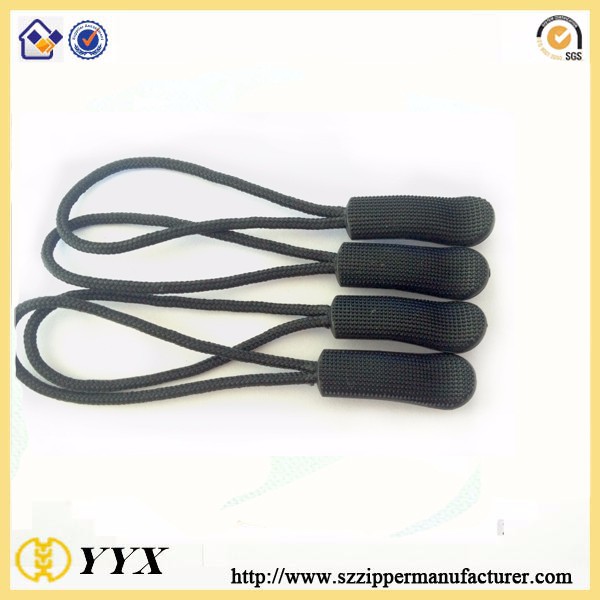

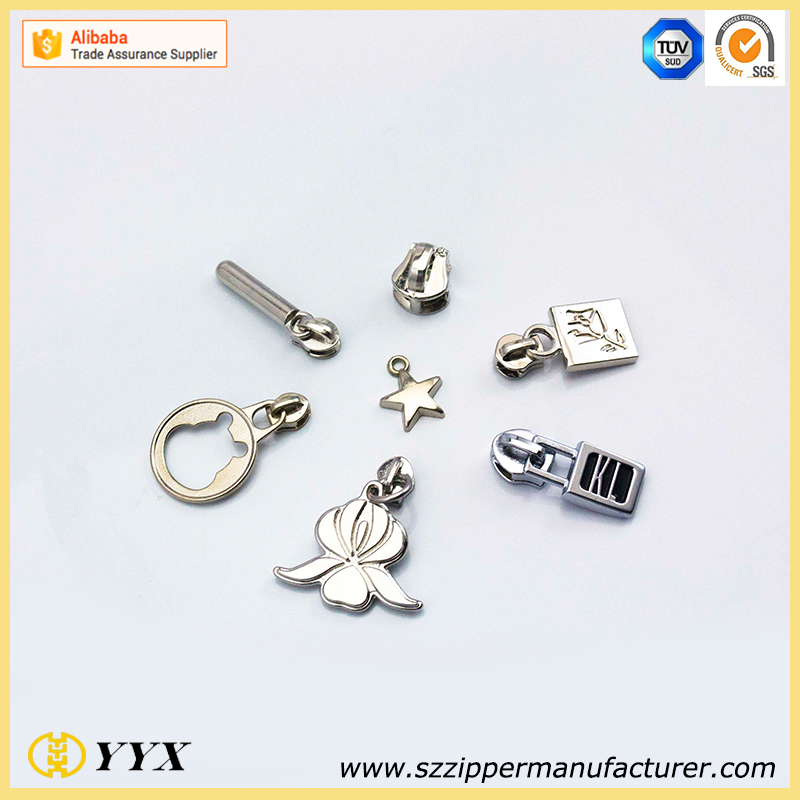
Why choose YYX ZIP?
a.Direct factory with low price
b.Professional design
c.Sample free
d.10 years export experience
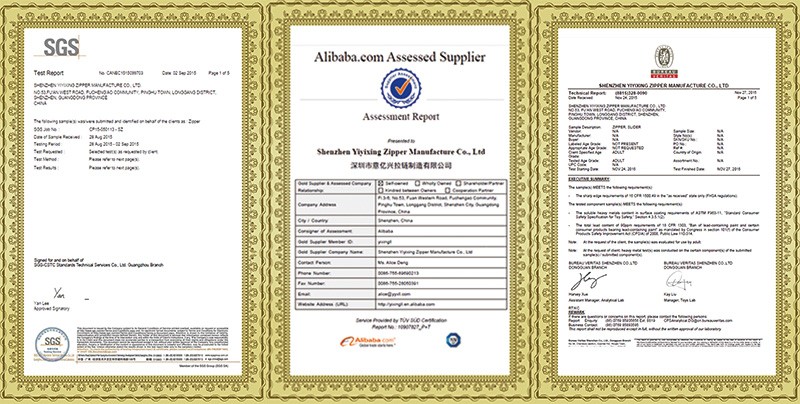
Slider Zipper,Zip Slider,Slider Zip,Slider For Zipper,Zipper Sliders
Shenzhen Yiyixing Zipper Manufacture Co.,Ltd , https://www.nicekeychain.com